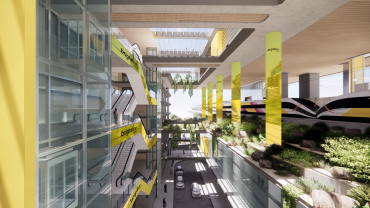Sinking Pier 40: Durst Leaves Hudson River Park Amid Mutiny Over Its Future
Even before Hurricane Sandy buried it under more than a dozen feet of water, Hudson River Park was struggling to stay afloat.
The past decade had seen substantial progress on the long-planned park, made possible by the demolition of the old West Side Highway (which provided some of the initial funding) and the realization New Yorkers actually wanted to return to the waterfront (which provided the drive). By last year, more than 70 percent of the park had been completed, including many of the piers, transformed from places of work into ones for play, and the generous esplanade connecting them all, running from the Battery all the way up to Riverside Park.
But the grass is not always greener in a new park. Like so many other open spaces created in recent years, Hudson River Park receives limited public funding. Instead, it is expected to generate its own revenue through not only fundraising but also development within the bounds of the park, everything from floating restaurants to parking garages. Everything from rock climbers at Chelsea Piers to the tourists taking Circle Line cruises contributes in its own way.
At one time, Pier 40 was the park’s biggest single source of funds, but increasingly, it has become a drag on the park, and a dispute over its future has led to the departure of one of its biggest backers.
Read More


